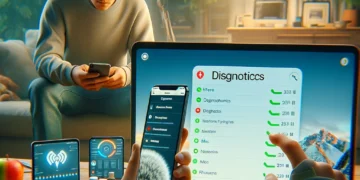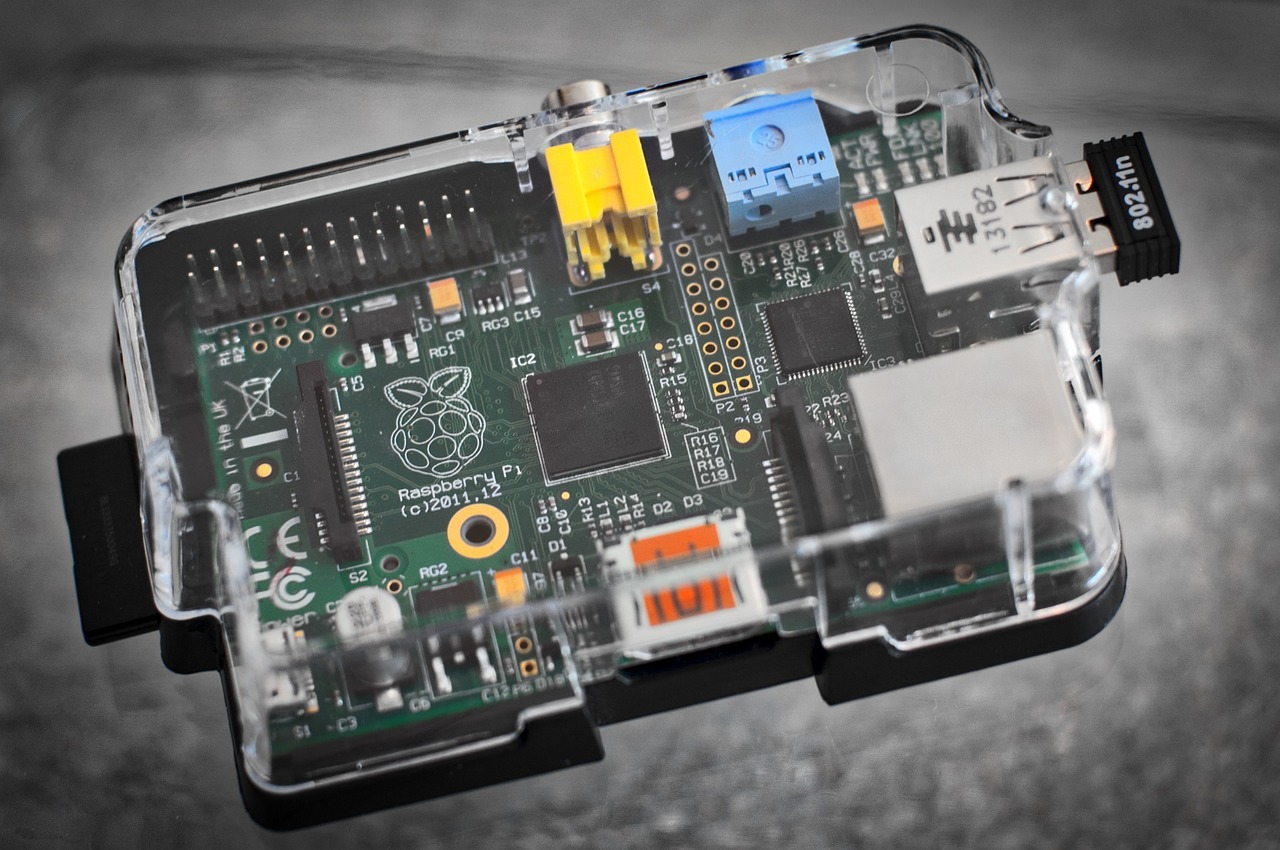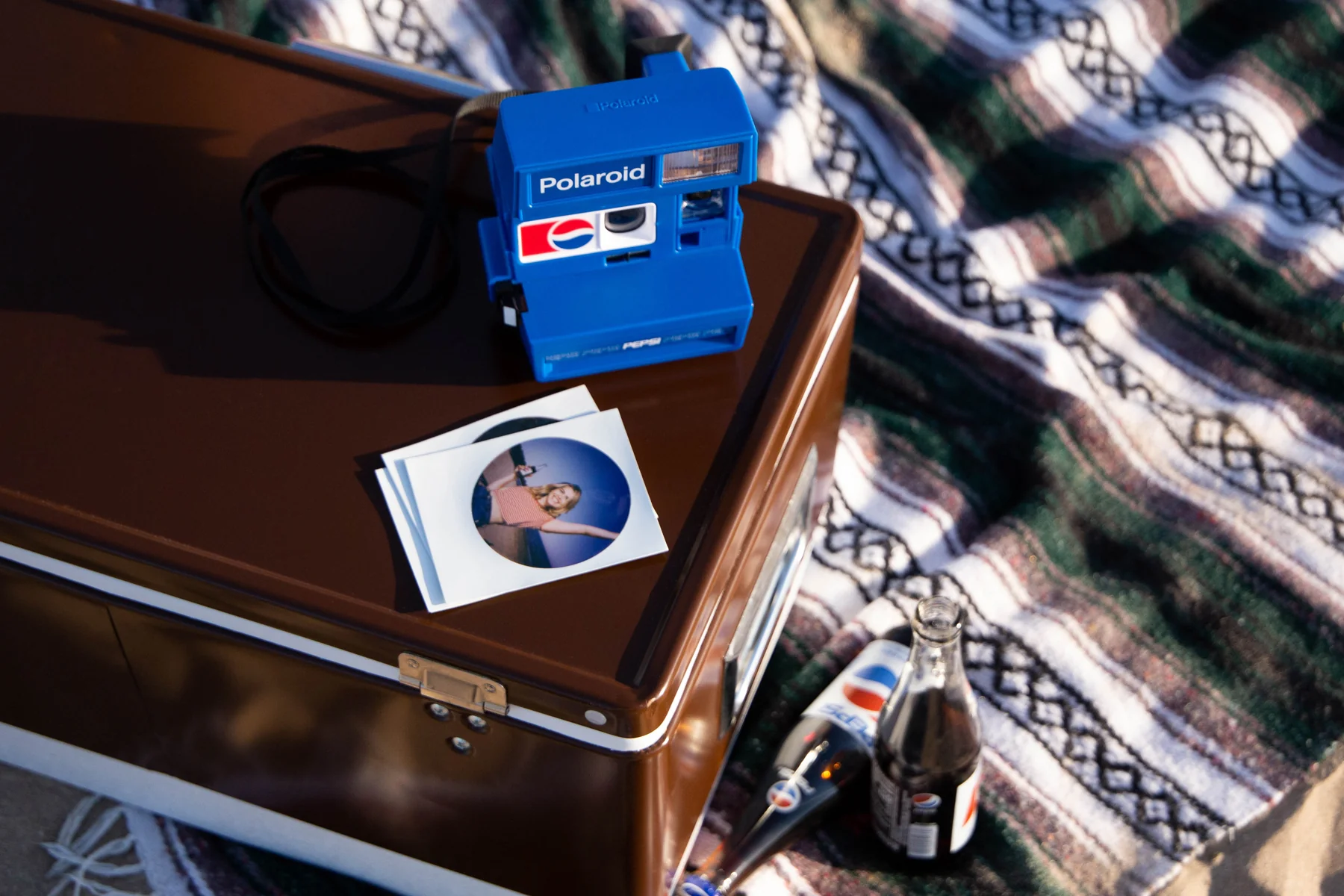Imagine you’re chilling at home, maybe binge-watching your favorite show, and suddenly you get a notification: “Empire State-sized Asteroid to Zoom Past Earth!” Yep, in about five and a half years, our planet is set to have a celestial visitor named Apophis, which is not only massive but also named after an ancient Egyptian demon serpent. Talk about branding!
This space rock, as big as a skyscraper, will whizz by Earth, closer than some of our satellites. This isn’t just a cosmic drive-by; it’s a rare opportunity for some serious space science. NASA launched OSIRIS-REx back in 2016, probably not just to show off their acronym skills but to study these space rocks up close. This spacecraft, now rebranded as OSIRIS-APEX, is going to meet Apophis right when it’s having its close encounter with Earth.
Why is this important, you ask? Well, besides giving astronomers and space enthusiasts something to gawk at, this encounter will shed light on how planets formed and might even help us dodge a potential doomsday asteroid in the future. It’s like preparing for a test you didn’t know was coming!
Now, back in 2004, when scientists first spotted Apophis, there was a bit of a panic. They thought it might hit us in 2029. Spoiler alert: it won’t. But it’s going to come so close that it’ll be visible to the naked eye in some parts of the world. It’s like space is giving us a free show, minus the popcorn.
The really cool part? This flyby will mess with Apophis’s surface and path, thanks to Earth’s gravity. Picture this: an asteroid getting a makeover because it got too close to Earth. We might even see it shed some space dust and rock, flaunting a comet-like tail. It’s like Earth’s own gravitational red carpet event!
OSIRIS-APEX will hang around Apophis for about 18 months, studying its every move and kick up some space dust to see what’s underneath. It’s pretty much a cosmic detective at this point.
But here’s where it gets even more interesting. Apophis is like a time capsule from the early solar system. Studying it up close could tell us how rocky planets like ours came to be. And let’s not forget about planetary defense. The more we know about these space rocks, the better we can prepare if one ever decides to head straight for us. Remember that time NASA bumped a small asteroid off course? Well, that was just a warm-up. Apophis is much bigger, and though it’s not a planet-killer, it could still ruin someone’s day if it hit us.
So, as Apophis makes its grand entrance in 2029, remember, it’s not just a space rock passing by. It’s a chance to learn, prepare, and maybe, just maybe, save the world one day. And let’s face it, who wouldn’t want to brag about that at a party?










![Apple Watch SE (2nd Gen) [GPS 40mm] Smartwatch with Starlight Aluminum Case with Starlight Sport Band S/M. Fitness & Sleep Tracker, Crash Detection, Heart Rate Monitor](https://www.tech-bit.com/wp-content/uploads/2024/06/applewatchse2ndgengps40mmsmartwatchwithstarlightaluminumcase-360x180.jpg)
















![Apple Watch Series 9 [GPS 45mm] Smartwatch with Midnight Aluminum Case with Midnight Sport Band S/M. Fitness Tracker, ECG Apps, Always-On Retina Display, Water Resistant](https://www.tech-bit.com/wp-content/uploads/2024/06/applewatchseries9gps45mmsmartwatchwithmidnightaluminumcasewith-360x180.jpg)



![Apple Watch Ultra 2 [GPS + Cellular 49mm] Smartwatch, Sport Watch with Rugged Black Titanium Case with Black Ocean Band. Fitness Tracker, Precision GPS, Action Button, Extra-Long Battery Life](https://www.tech-bit.com/wp-content/uploads/2024/10/applewatchultra2gpscellular49mmsmartwatchsportwatchwithrugged-360x180.jpg)
































